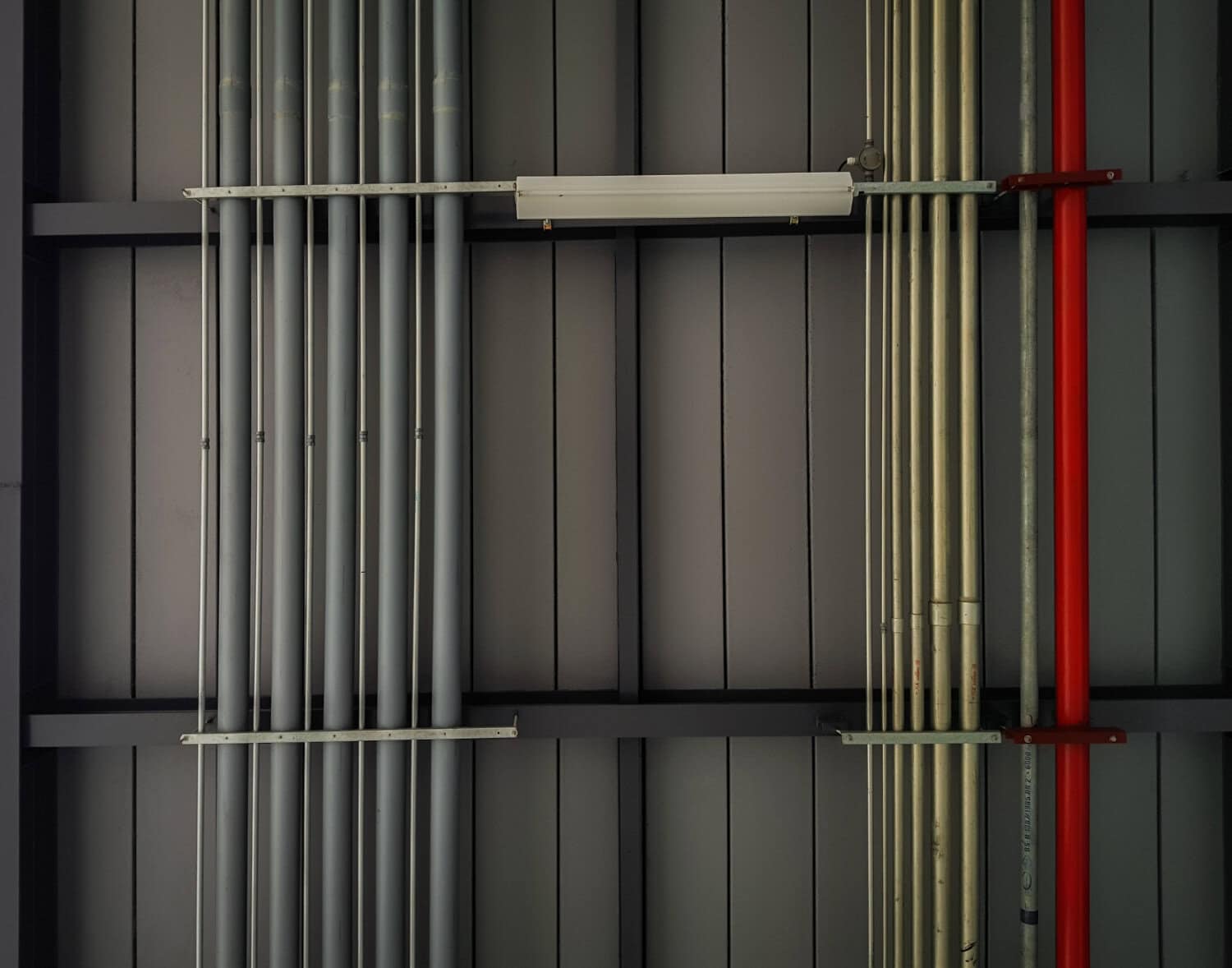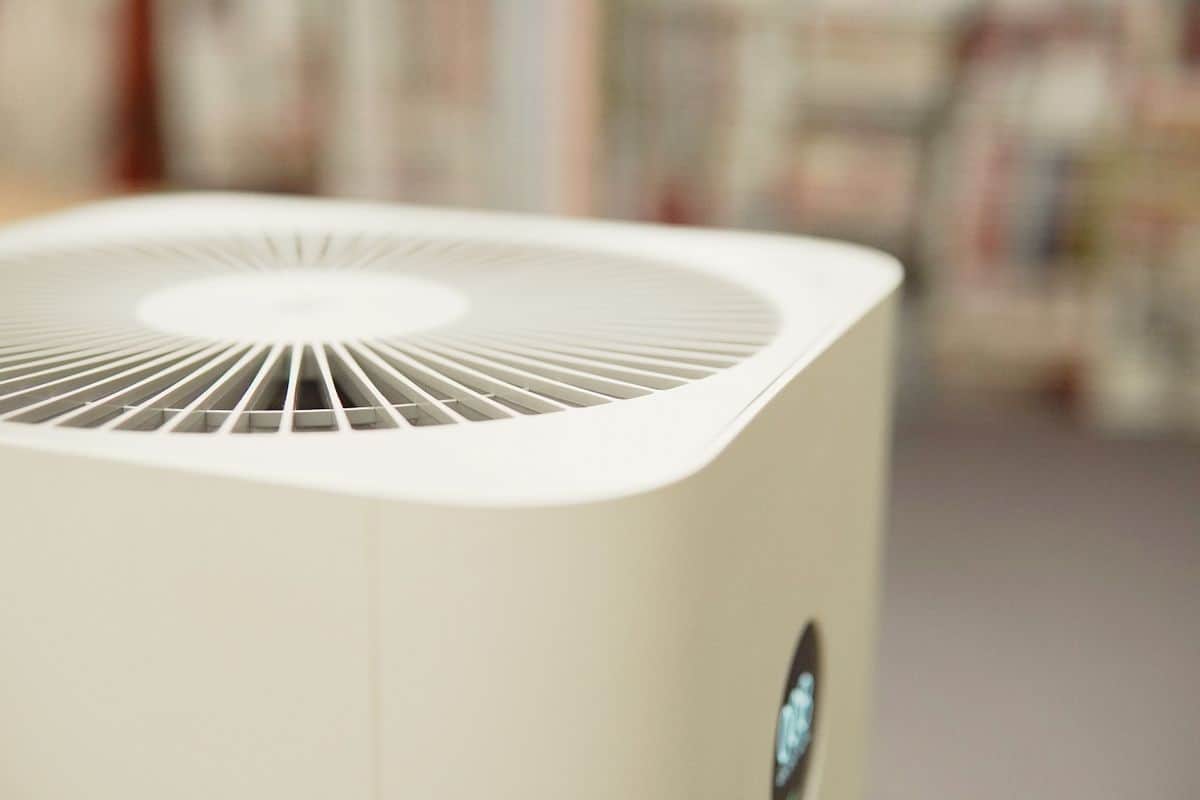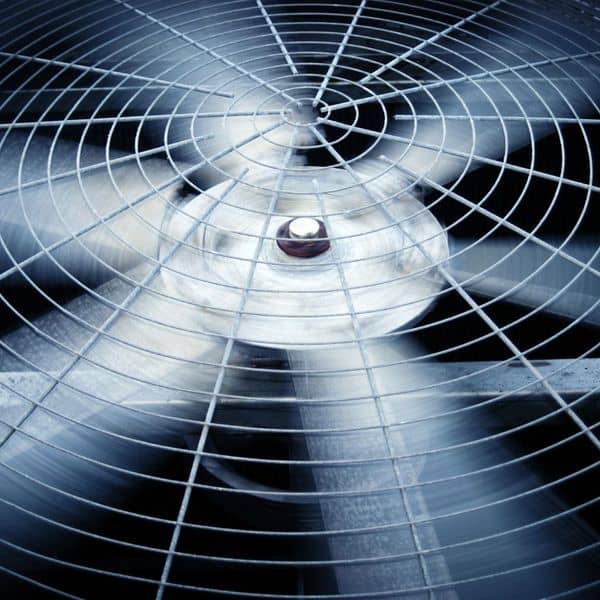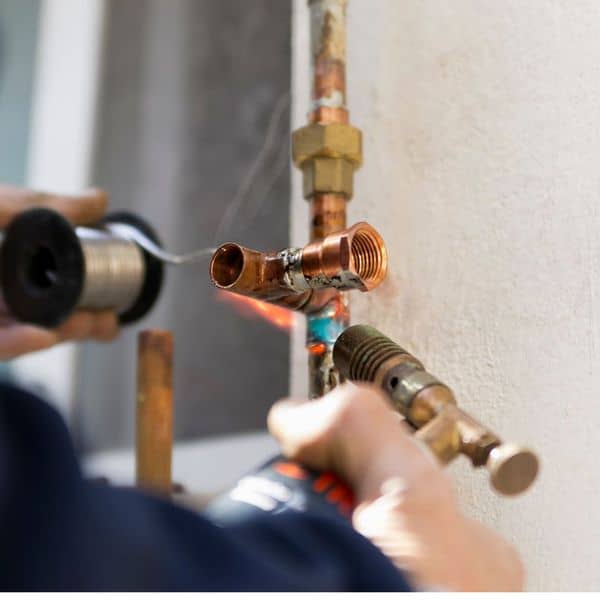In the pursuit of utmost comfort within your Saratoga Springs and Capital Region home, ensuring that your heating, ventilation, and air conditioning (HVAC) system operates efficiently and effectively should be at the top of your priority list. With HVAC technology constantly evolving, it’s essential to stay informed about the latest advancements that can revolutionize the way you and your family experience indoor comfort. One such breakthrough in HVAC technology is zoned heating and cooling, which offers homeowners increased control, comfort, and energy efficiency.
Zoned HVAC systems divide your home into separate areas or “zones” that can be heated or cooled independently. This allows for customized temperature settings in each zone based on individual preferences and usage patterns. By granting you precise control over the temperature of different areas of your house, zoned HVAC systems help eliminate hot and cold spots, reduce energy waste, and maximize comfort for everyone living under the same roof.
Ready to revolutionize your home comfort experience? Read on to discover the transformative impact a zoned HVAC system can have on your Saratoga Springs and Capital Region home, and learn how you can reap its many benefits for years to come.
A Deep Dive into Zoned HVAC Systems
Before exploring the advantages of zoned heating and cooling, it’s essential to understand the fundamental concept of a zoned HVAC system. Traditional HVAC systems treat your home as a single entity, pumping conditioned air throughout the entire space indiscriminately. However, zoned HVAC systems operate using a network of thermostats, sensors, dampers, and a zone control panel that divide your home into separate areas, providing varying levels of heating and cooling to each zone as needed.
Here are the primary components of a zoned HVAC system:
1. Thermostats: Each zone in your home will have its dedicated thermostat, allowing for independent temperature control.
2. Dampers: These devices are installed within your ductwork to regulate the airflow within each zone, opening and closing based on thermostat settings.
3. Zone control panel: This central “brain” connects your thermostats, dampers, and HVAC equipment, processing input from the zone sensors and adjusting system operation accordingly.
Now that we’ve covered the basics of zoned HVAC systems, let’s delve into the numerous benefits they offer to homeowners.
Improved Energy Efficiency and Cost Savings
A significant advantage of zoned HVAC systems is the potential for increased energy efficiency and reduced utility costs. As you can independently control the temperature settings in each zone, it’s possible to heat or cool only the areas of your home that need it, avoiding unnecessary energy consumption when a room is unoccupied or underutilized.
For example, you can set a lower temperature in your bedroom at night while maintaining a comfortable temperature in the living room during the day. This targeted approach to temperature control reduces the strain on your HVAC equipment, leading to lower energy bills and substantial cost savings over time.
Enhanced Comfort for Every Family Member
Zoned HVAC systems allow you and your family members to enjoy personalized comfort within your Saratoga Springs and Capital Region home. With individual temperature settings for each zone, every family member can adjust their room’s climate to their liking. This flexibility is particularly beneficial for households with varying preferences or needs when it comes to ideal room temperatures.
Zoned heating and cooling systems can effectively address the common issue of hot and cold spots throughout your home. By allowing for precise temperature control in different areas, you can effortlessly eliminate temperature inconsistencies and create a balanced, comfortable living environment for all.
Customized Solutions for Unique Home Layouts
Every home has its unique quirks and layout designs that can impact the proper distribution of conditioned air. Factors such as sun exposure, room size, and even the presence of large electronics can all influence the temperature within a particular area of your home.
Zoned HVAC systems provide a tailored solution to these challenges by allowing for customized temperature controls within each designated zone. This adaptability ensures uniform temperatures throughout your Saratoga Springs and Capital Region home, regardless of factors like sun exposure or room size.
Prolonged System Life and Reduced Wear and Tear
By enabling targeted temperature control in various zones of your home, zoned HVAC systems help to minimize the wear and tear experienced by your heating and cooling equipment. As a result, your HVAC system operates more efficiently and isn’t subjected to constant strain from conditioning the entire house at once.
This reduced workload ultimately prolongs the life of your HVAC equipment, helping you avoid costly repairs or premature replacements. Additionally, because your system operates more efficiently when zoned, you’ll likely experience fewer breakdowns and enjoy better system performance overall.
Conclusion
Zoned HVAC systems are revolutionizing the way homeowners in the Saratoga Springs and Capital Region achieve optimal comfort and energy efficiency within their living spaces. With numerous advantages, such as personalized comfort, improved energy efficiency, cost savings, and extended system life, it’s no wonder why an increasing number of homeowners are embracing this cutting-edge technology.
Whether you’re building a new home or looking to upgrade your existing HVAC system, considering the installation of a zoned heating and cooling system could undoubtedly prove to be a wise investment. By understanding the ins and outs of zoned HVAC systems and the benefits they bring, you can make informed decisions that promote exceptional comfort and efficiency for you and your family.
Are you ready to take the leap and revolutionize your home’s comfort with the best HVAC services near you? Reach out to My Jockey to discuss the installation of a zoned HVAC system tailored to your unique needs.








